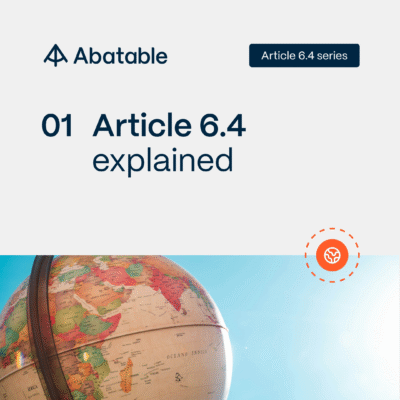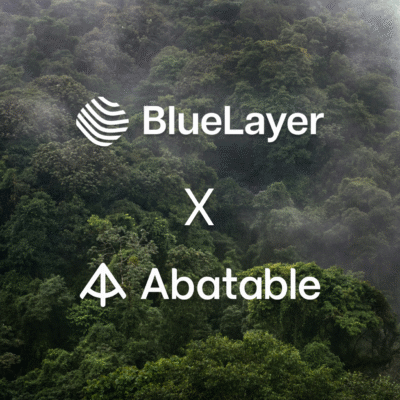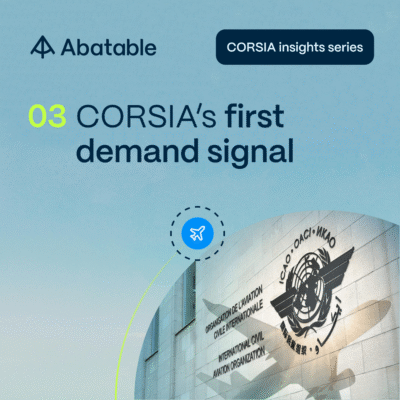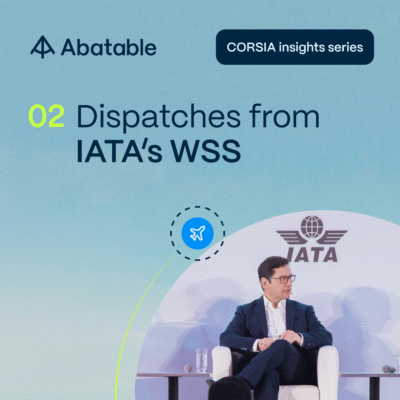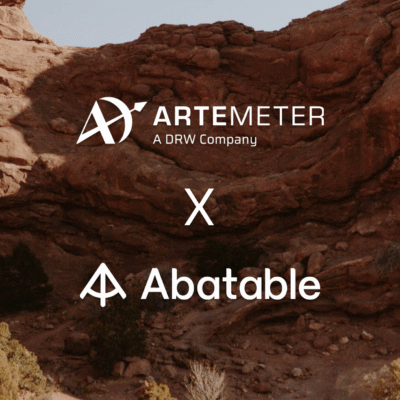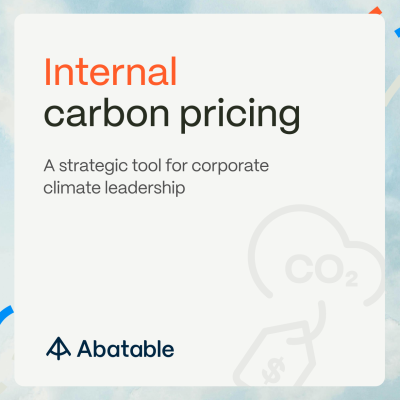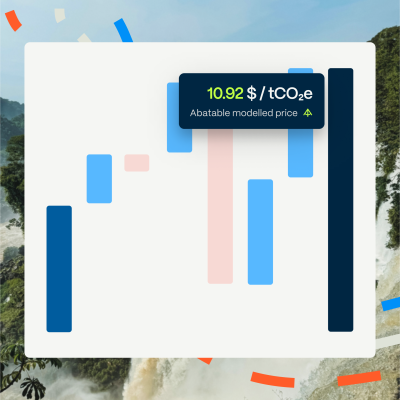Note from the editor: the final version of the Claims Code of Practice was released in 2023. You can read more about it here.
On the 8th of June 2022, the Voluntary Carbon Market Integrity Initiative (VCMI) launched the first iteration of its Claims Code of Practice. The code aims to provide much needed guidance on how businesses can use carbon offsets, how to talk about them and what claims they can make when using them. The code is now set to be tested by multinational companies (e.g. Google, Unilever) and is open for consultation.
Until this week, there was no guidance as to what businesses could and could not claim when using carbon offsets. Is it good practice to offset my annual emissions and claim carbon neutrality? Can I use any kind of offsets when compensating for my emissions? Can I use offsets to compensate across all scopes of emissions? The code is attempting to answer these and many other questions.
In Abatable’s view, the Claims Code of Practice has two main benefits:
- It contributes to building integrity in the voluntary carbon market and enables businesses to leverage high-quality carbon offsets confidently, minimising the risk of backlash often associated with the use of carbon offsets.
- The code can play a role in strengthening business’ decarbonisation efforts. It clearly states that carbon credits should be used in addition, and not in substitution, of serious decarbonisation efforts across all emissions scopes, regardless of the sector.
The guidance
One interesting aspect to note is the absence of any reference to carbon neutrality. Instead, the code provides a way for businesses to indicate how they are progressing with their science-based net zero journey. The VCMI has proposed a four step process to which companies must adhere to in order to make credible claims using carbon offsets:
Step 1 – Prerequisites
Before using offsets to make any sort of claim, the code requires businesses to publicly share both their long and short term science-based targets across all scopes. In addition, businesses must make their GHG emissions inventory available annually, and share their decarbonisation progress. In sum, carbon offsets should be used in addition and not as a substitute to decarbonisation across scopes 1, 2 and 3 and companies need to be able to clearly demonstrate it.
Step 2 – Identify claims
The code offers guidance for two types of claims. The first one being company-wide claims and the second one being brand, product or service claims. As stated in the launch webinar, the Code of Practice is about recognising achievements, not commitments. For company-wide claims, the VCMI rates firms’ progress as either VCMI Gold, Silver, or Bronze
- VCMI Gold Net Zero:
- Company must be on track to achieve its next interim target (updated every 5 years) and have covered 100% of remaining unabated emissions through the use of high-quality carbon credits.
- VCMI Silver Net Zero:
- Company must be on track to achieve its next interim target and have covered at least 20 percent of its remaining emissions through the use of high-quality carbon credits.
- VCMI Bronze Net Zero (to be phased out in 2030):
- Company must: (1) Be on track to achieve its next interim target for Scopes 1 and 2 through emissions reductions within its value chain; (2) Reduce its Scope 3 emissions through a combination of emissions reductions within its value chain and purchase and retirement of carbon credits; and; (3) Have covered at least 20 percent of all remaining unabated emissions through the purchase and retirement of high-quality carbon credits.
The code does not provide an equivalent rating for brand, product or service claims.
Step 3 – Quality credits
The VCMI advises businesses to only purchase high-quality offsets. The code’s guidance on what quality means is quite light. During the launch webinar Mark Kelber, VCMI’s Executive Director, noted that this was intentional since the Integrity Council for the Voluntary Market (IC-VCM), a supply-side initiative, is working on that very topic and guidance is expected to be published very soon. It’s worth to note that at Abatable we have recently published an overview of the different quality initiatives in the market and will soon share our whitepaper on the topic.
Step 4 – Reporting and transparency
Finally, the code expects a high degree of transparency from businesses of their use of carbon credits, disclosing the carbon credits bought and making public the project ID, issuance registry and vintage. This means that only verified carbon credits can be used towards making a VCMI aligned claim. Firms will also be expected to disclose whether or not the carbon credit is associated with corresponding adjustments by the host and/or buyer country.
Checklist for corporates looking to make a VCMI Gold Net Zero Claim
The VCMI Code of Practice is not yet finalised and it is likely to change. Nevertheless, in its current draft, if a business were to aim to make a VCMI Gold Net Zero claim, they would need to follow these requirements:
- Have public science-based net zero target no later than 2050, covering scopes 1, 2 and 3 and follow SBTI guidance for setting target boundary and emissions coverage
- Have interim emissions reduction targets no more than 5 years apart
- Provide a detailed plan to achieve your decarbonisation targets
- Publicly share your GHG emissions across all scopes annually
- The company’s advocacy activities are consistent with the Paris Agreement goals
- On track to achieve your net interim target for scopes 1, 2 and 3
- Covered 100% of your remaining unabated emissions through the purchase and retirement of high-quality carbon credits
- Transparently report in your annual sustainability report (or equivalent) that you have met all of the above and provide specific information about the retired carbon credits
Areas to be further defined
In summary, the VCMI’s Code of Practice promotes science based decarbonisation efforts, compensation of what isn’t possible to abate through high quality offsets, high transparency and verification. As noted earlier, the code is a step in the right direction.
We have identified three areas which remain challenging in our eyes:
- A shared definition of high-quality carbon offsets still remains to be agreed on and we look forward to the guidance of the IC-VCM on this.
- The interplay between the VCM and the UN’s Paris Agreement Article 6 remains unclear. There is a lot of uncertainty as to how corresponding adjustments will affect volume and credit prices. This is an area where we would like to see more guidance from the VCMI as Article 6 implementation matures.
- A key requirement of the code is the use of certified credits and overall strong verification of progress and claims by independent third parties. It remains unclear how and by whom that verification of claims should be conducted. We again look forward to more guidance from the VCMI on this topic.
What’s next?
This is the first iteration of the Code of Practice and it is now open for consultation. The VCMI expects that the final set of guidelines will be finalised by the end of this year or early next year. At Abatable, we will make sure to continue engaging with relevant stakeholders and strengthening the VCM’s integrity, making it easier for business to navigate the landscape.

Sign up to our email list below and stay tuned for more updates. You can also check the white paper covering our carbon credit quality assessment framework which we use to determine the quality of the carbon project and project developers we work with.



